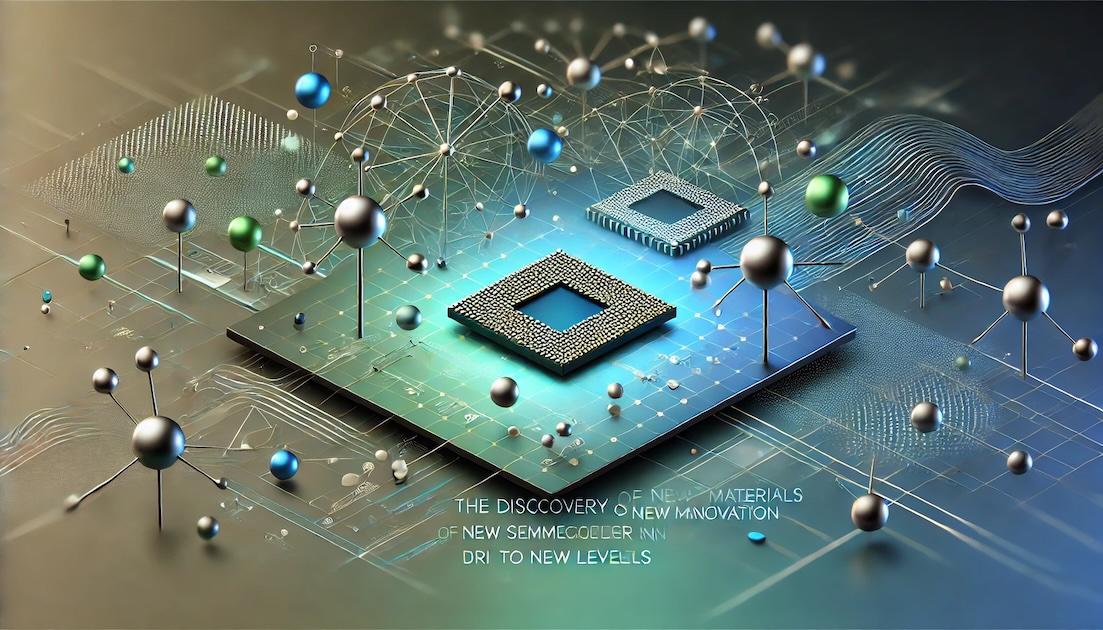Quantum computing, a transformative technology, is rapidly influencing a variety of fields, including semiconductor metrology. As quantum computers rely on extremely precise and complex semiconductor components, the need for advanced metrology to detect atomic-level defects has never been greater. Erik Hosler, an expert in semiconductor metrology, points out that innovations in this area are essential for supporting the next generation of quantum technologies.
The Precision Demands of Quantum Computing
Quantum computers operate using qubits, which are highly sensitive to their surrounding environment. Even the smallest defect or imperfection in the semiconductor materials used in quantum processors can cause significant disruptions, leading to computational errors. As quantum computing hardware becomes more sophisticated, semiconductor metrology must also advance to detect and correct these nanoscale defects before they compromise device functionality.
In traditional computing, minor defects in transistors might result in slight performance issues or higher energy consumption. However, quantum computing’s reliance on atomic-level accuracy means that even the tiniest imperfection can render a device unusable. This extreme sensitivity has driven the need for more precise metrology techniques, such as high-harmonic generation (HHG) and free-electron lasers (FELs), which offer the ability to inspect semiconductor components with atomic-scale precision.
The Role of Advanced Metrology in Quantum Computing
As quantum computing evolves, semiconductor manufacturers face new challenges in producing defect-free materials. Tools like HHG and FELs are crucial for inspecting and measuring ultra-thin films and identifying nanoscale defects. These metrology tools are essential for ensuring that quantum processors can operate without interference from imperfections at the atomic level.
Erik Hosler notes, “The ability to detect and measure nanoscale defects with such precision will reshape semiconductor manufacturing.” This level of precision is especially important in quantum computing, where the margin for error is almost nonexistent. By using advanced metrology techniques, manufacturers can ensure the quality and reliability of the semiconductors powering quantum computers.
Driving Innovation Through Collaboration
The intersection of quantum computing and semiconductor metrology is creating exciting opportunities for innovation. As the need for atomic-level defect detection grows, collaborations between semiconductor manufacturers and quantum technology developers are becoming more important. These partnerships are driving the development of new metrology tools and techniques that can meet the high demands of quantum computing while also pushing the boundaries of what is possible in semiconductor fabrication.
Quantum computing is revolutionizing the semiconductor industry, driving the need for advanced metrology tools that can detect defects at the atomic level. Innovations like HHG and FELs are crucial for ensuring the reliability of quantum processors, where even the smallest imperfections can lead to failure. As quantum computing continues to evolve, semiconductor metrology will play a key role in ensuring its success.

